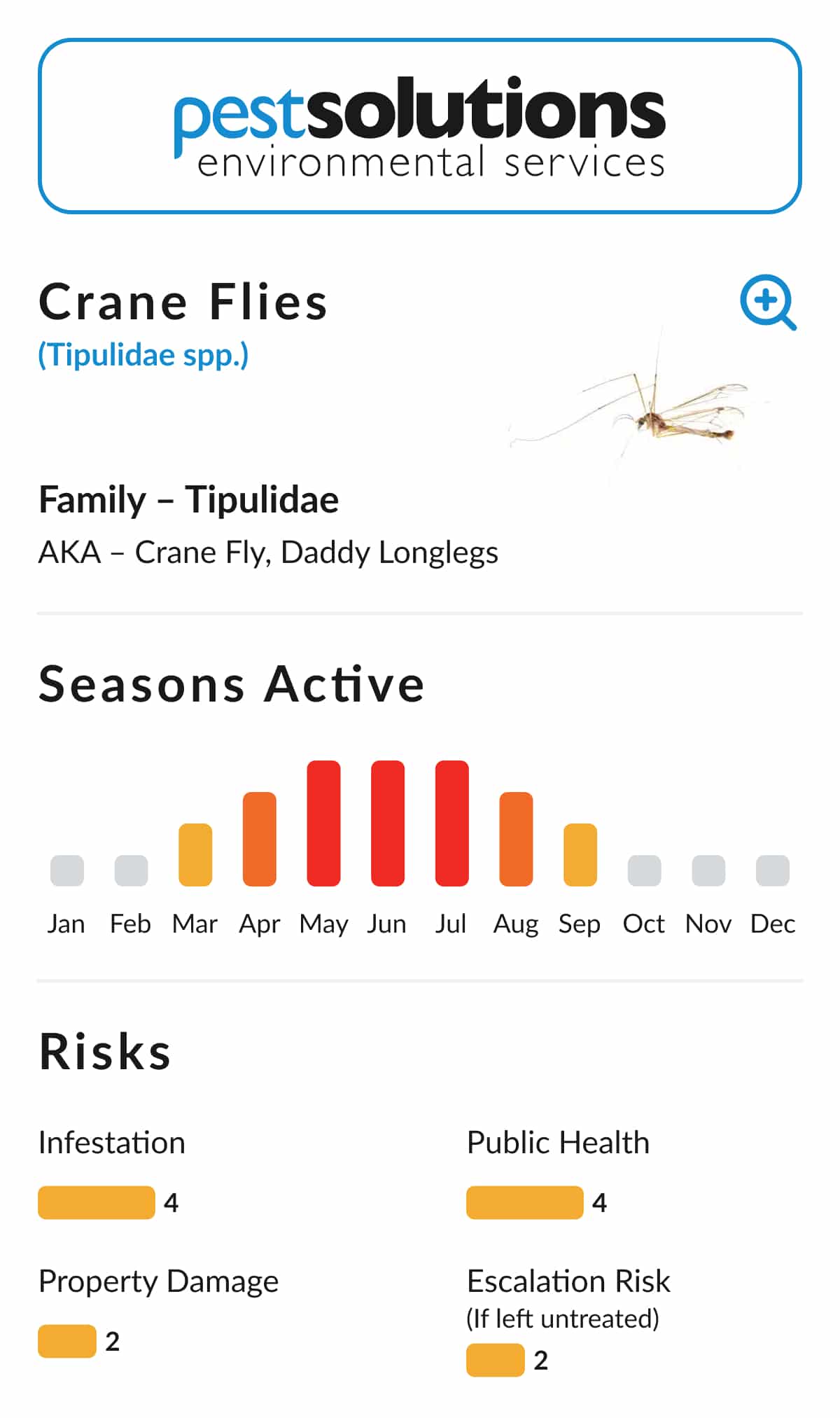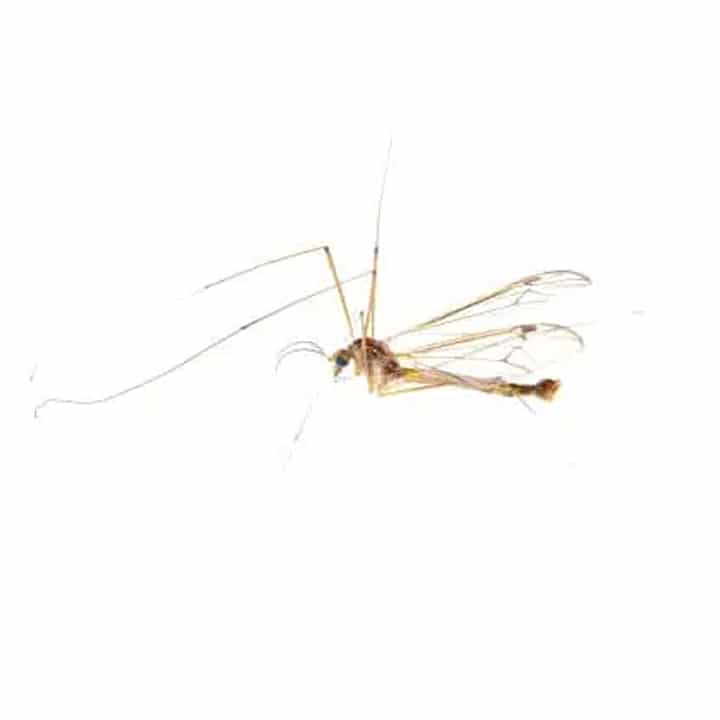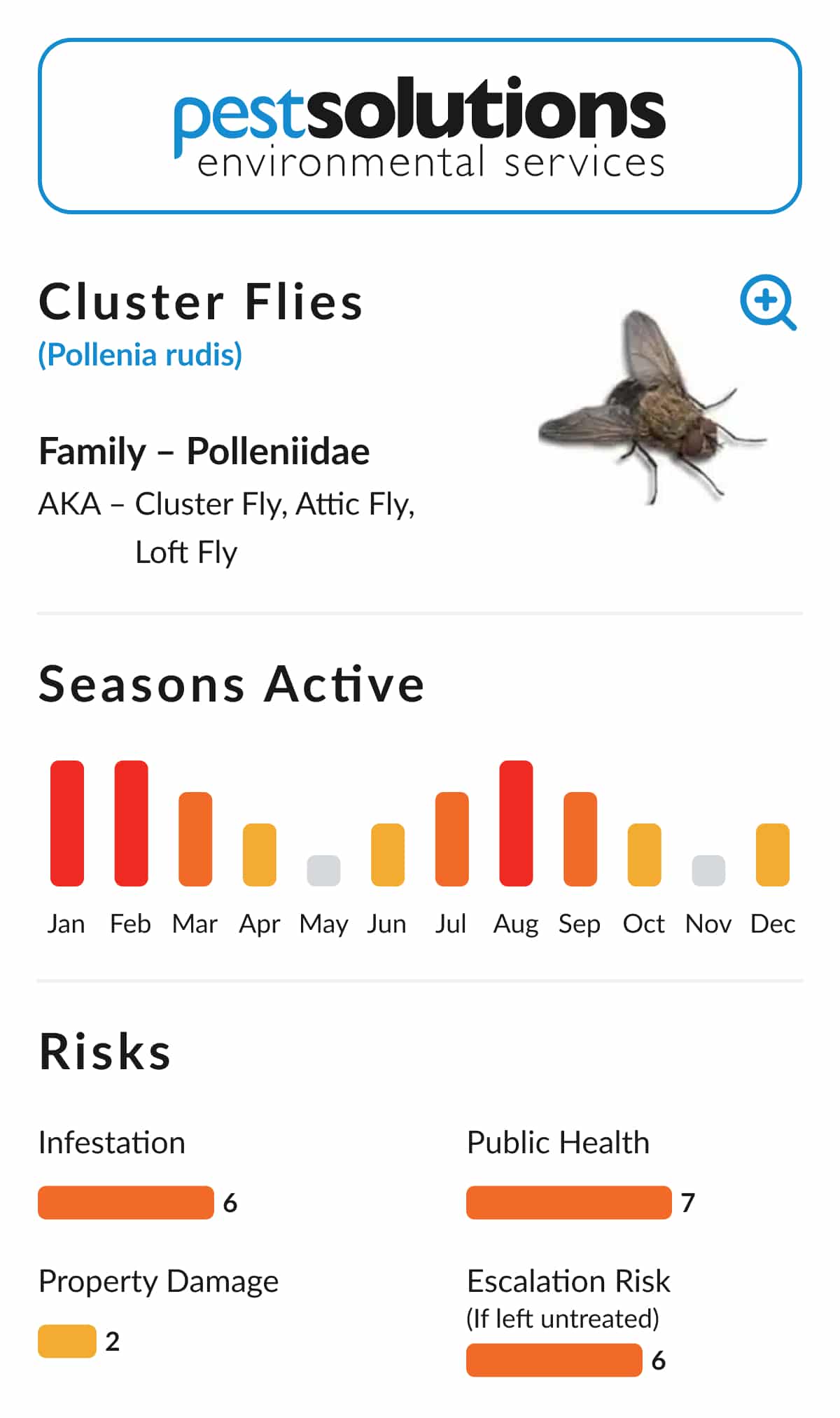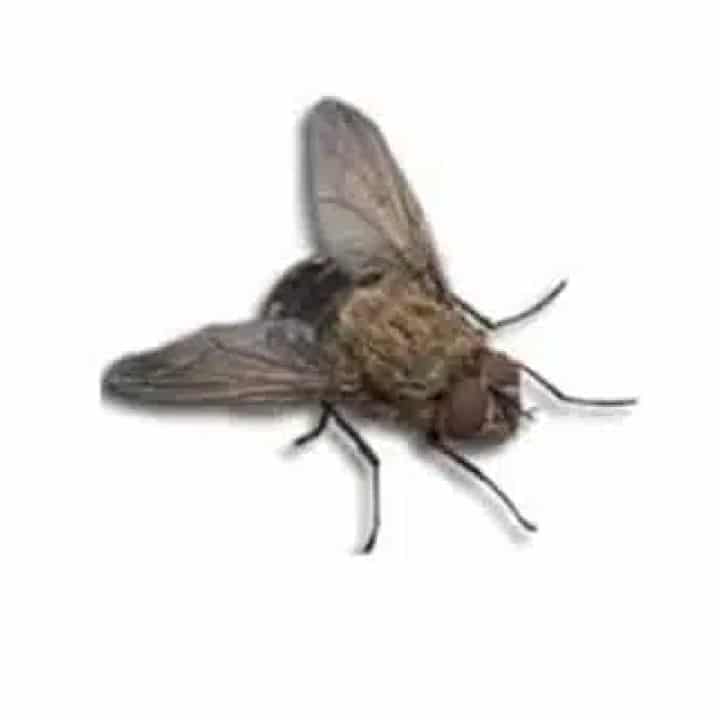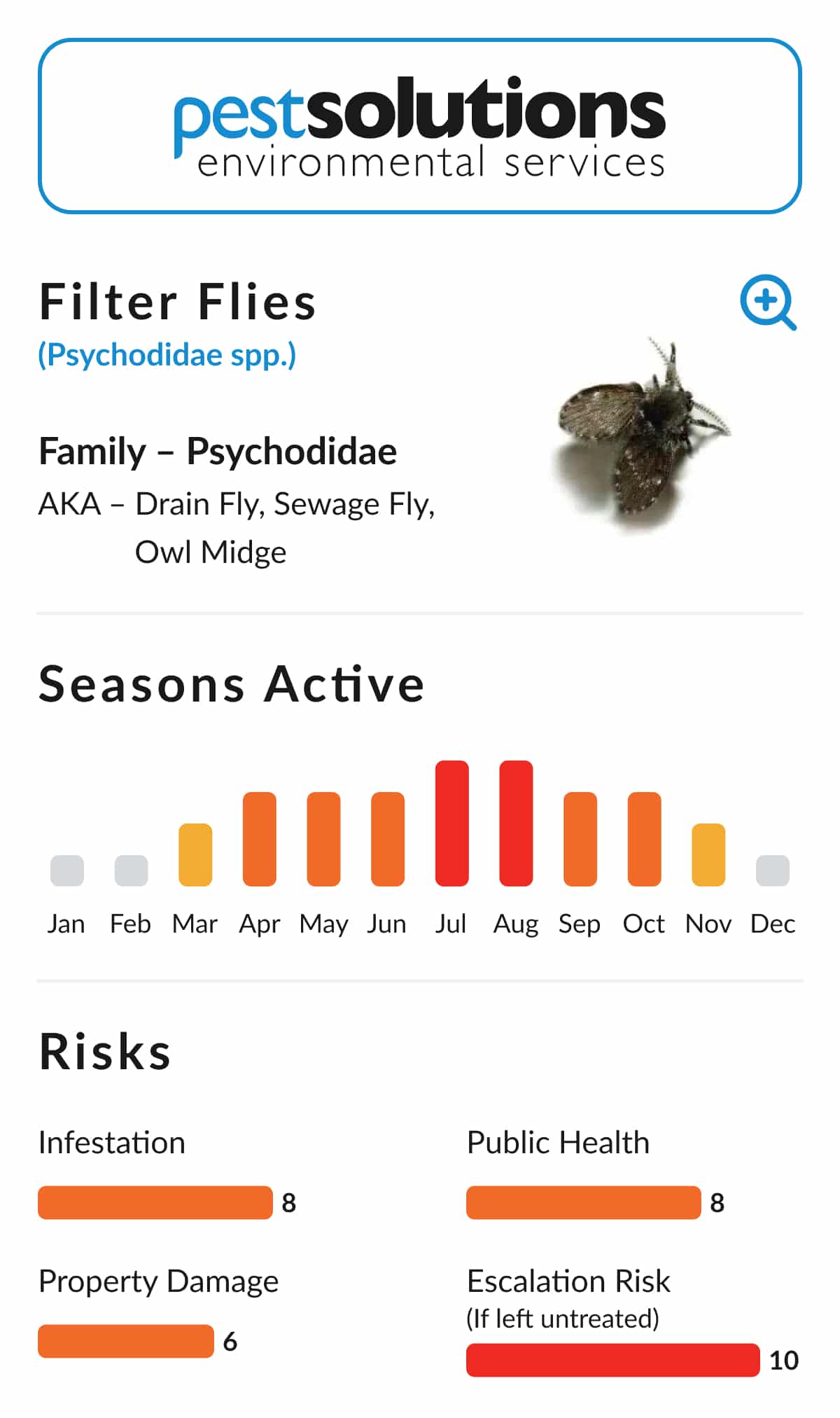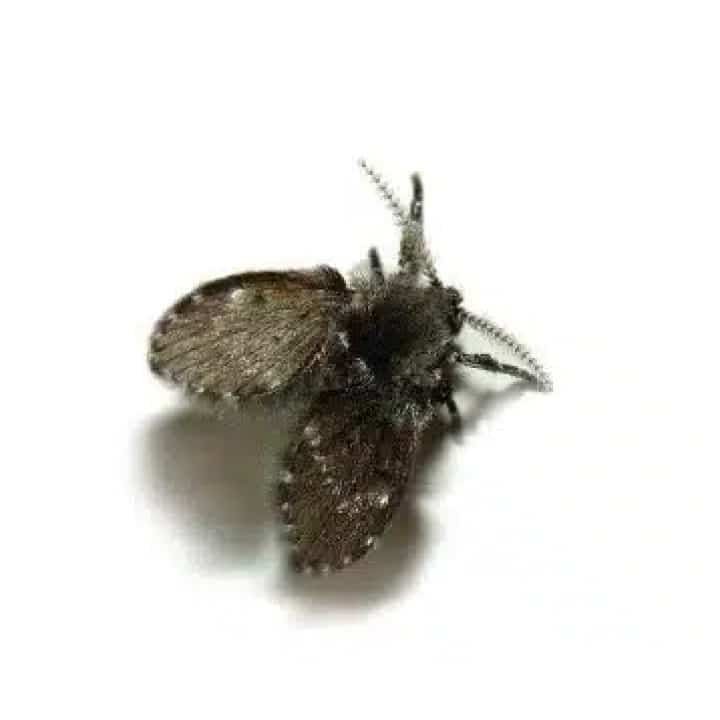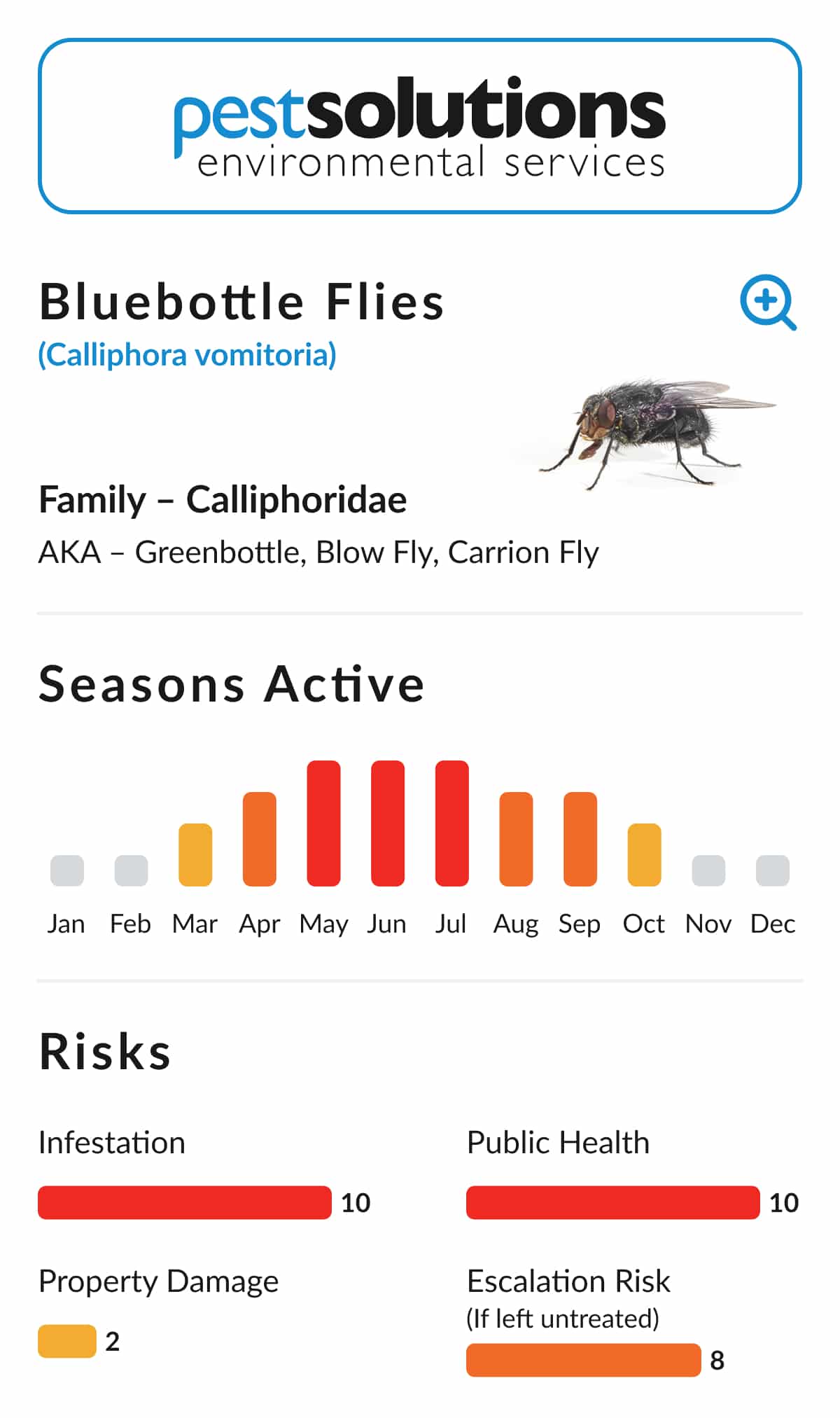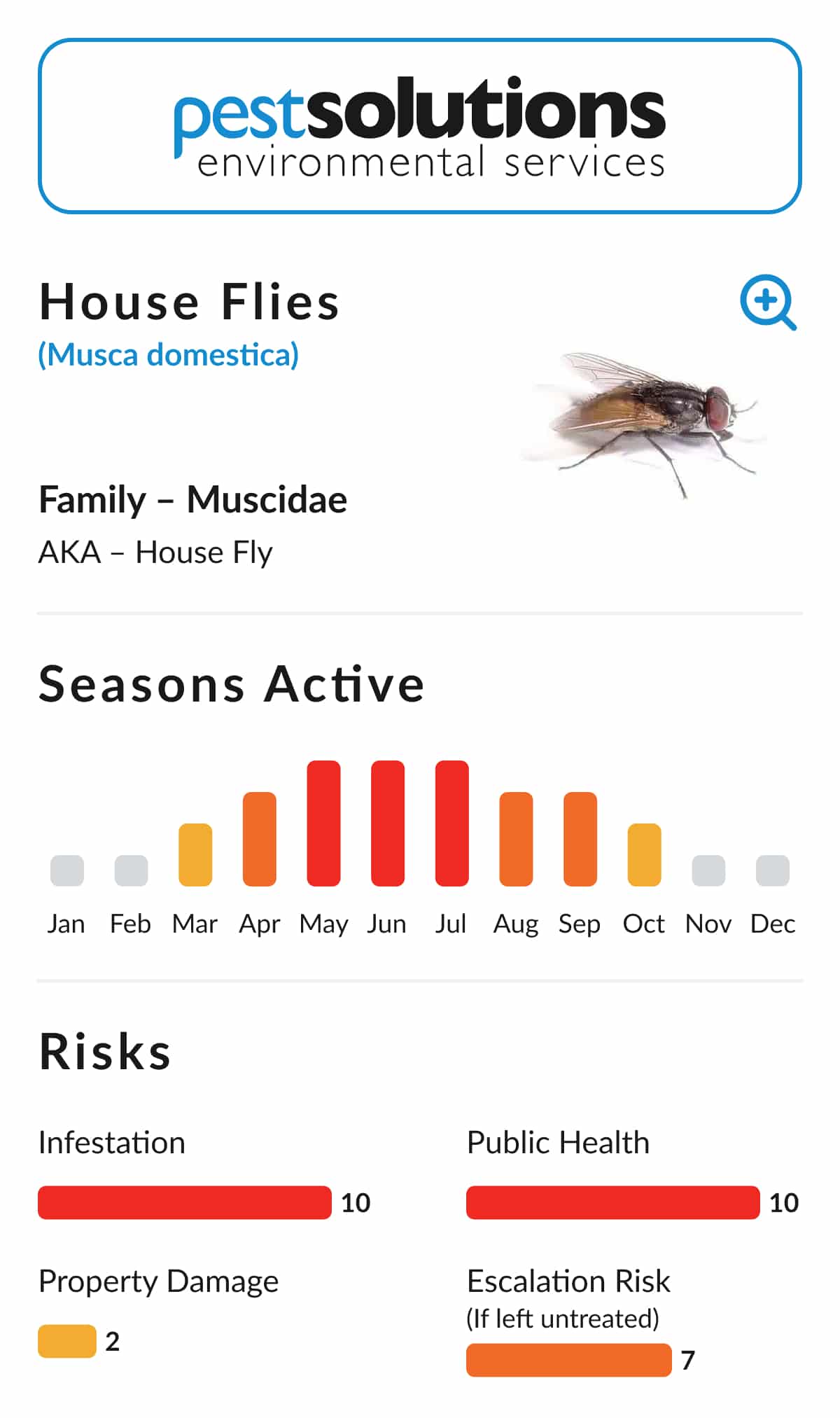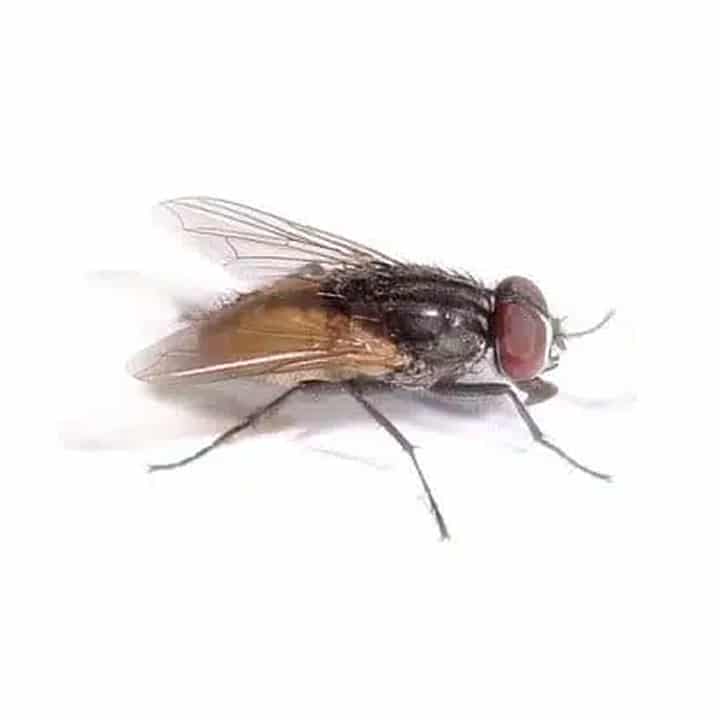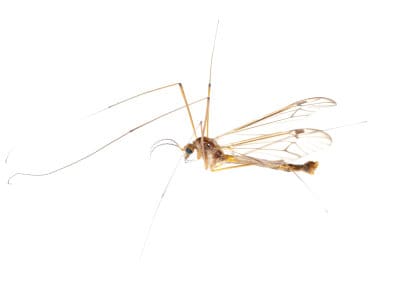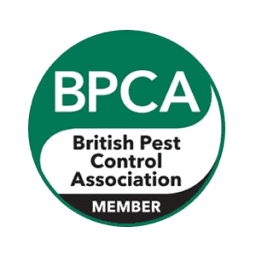Habitat and Distribution – Crane Flies

Biology – Crane Flies
Crane flies undergo complete metamorphosis, with four distinct life stages: egg, larva, pupa, and adult. Eggs are laid in damp soil or decaying organic matter, where the larvae hatch and begin feeding. These larvae are legless maggots that live off decaying vegetation or other organic debris. After feeding and developing, the larvae pupate in the soil or other sheltered environments. Adult crane flies emerge from these pupae and are easily recognised by their slender bodies, long legs, and mosquito-like shape. Adults do not feed and live only briefly—long enough to mate and lay eggs to continue the cycle.
Why They’re a Problem – Crane Flies
Crane flies are not typically regarded as pests. Adult crane flies do not feed, bite, or cause property damage. In most cases, they are simply a temporary nuisance, especially when large numbers gather around windows or lights in autumn. Larvae may occasionally become a problem in lawns or garden areas if present in high densities, as they can feed on plant roots, causing patchy damage to turf.
Control and Prevention – Crane Flies
In most situations, crane flies do not require active control. Effective prevention and management focus on:
- Sealing entry points around windows, doors, and vents to reduce indoor entry
- Removing damp organic matter such as rotting vegetation or compost piles near buildings to reduce breeding sites
- Using a vacuum cleaner to remove adult crane flies from indoor areas
- Applying knockdown sprays if necessary, though this is rarely required
Insecticide treatments are not generally recommended, as crane flies are not harmful and do not cause long-term infestations.
Professional Support – Crane Flies
While crane flies are not a major pest, large numbers indoors can still be disruptive. If you’re experiencing persistent problems or need help identifying the source of insect activity, Pest Solutions can assist with advice and inspection services.
